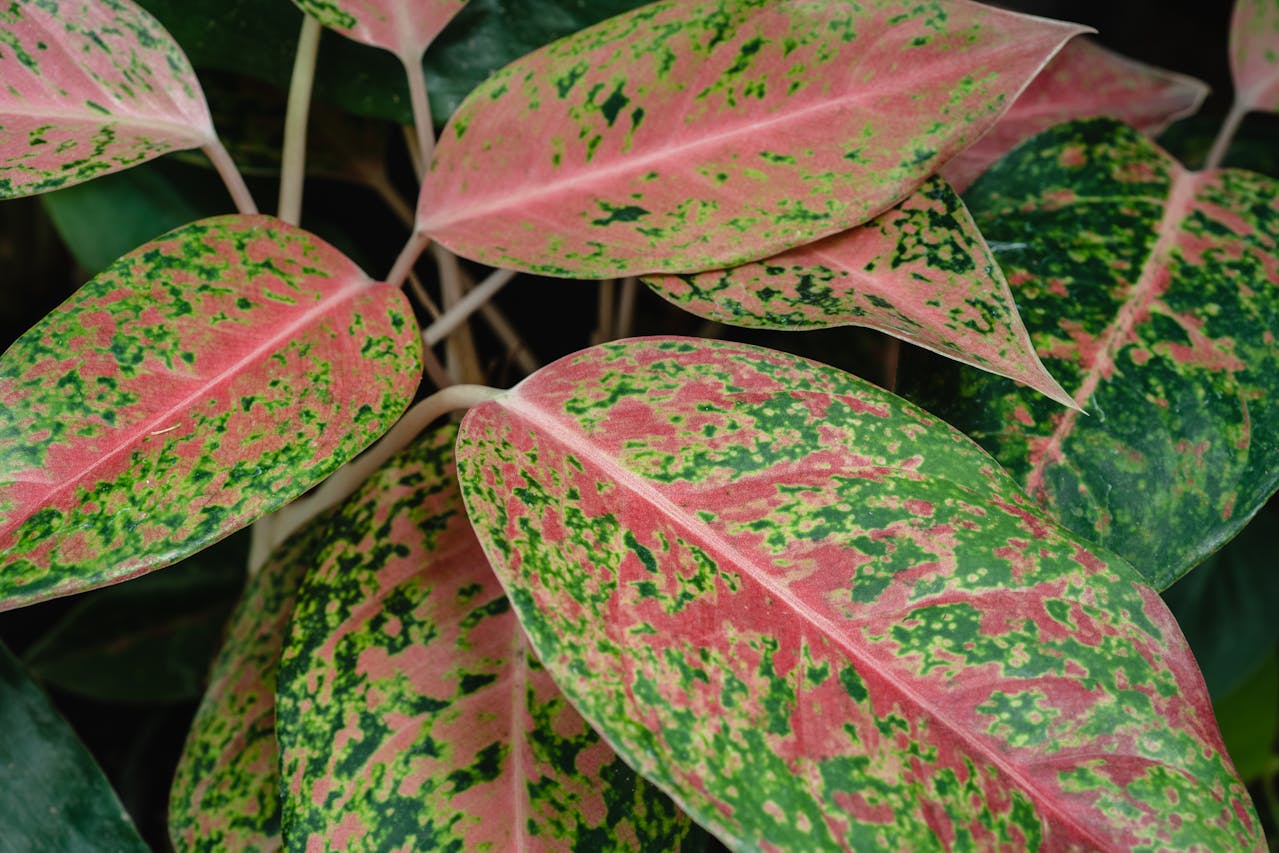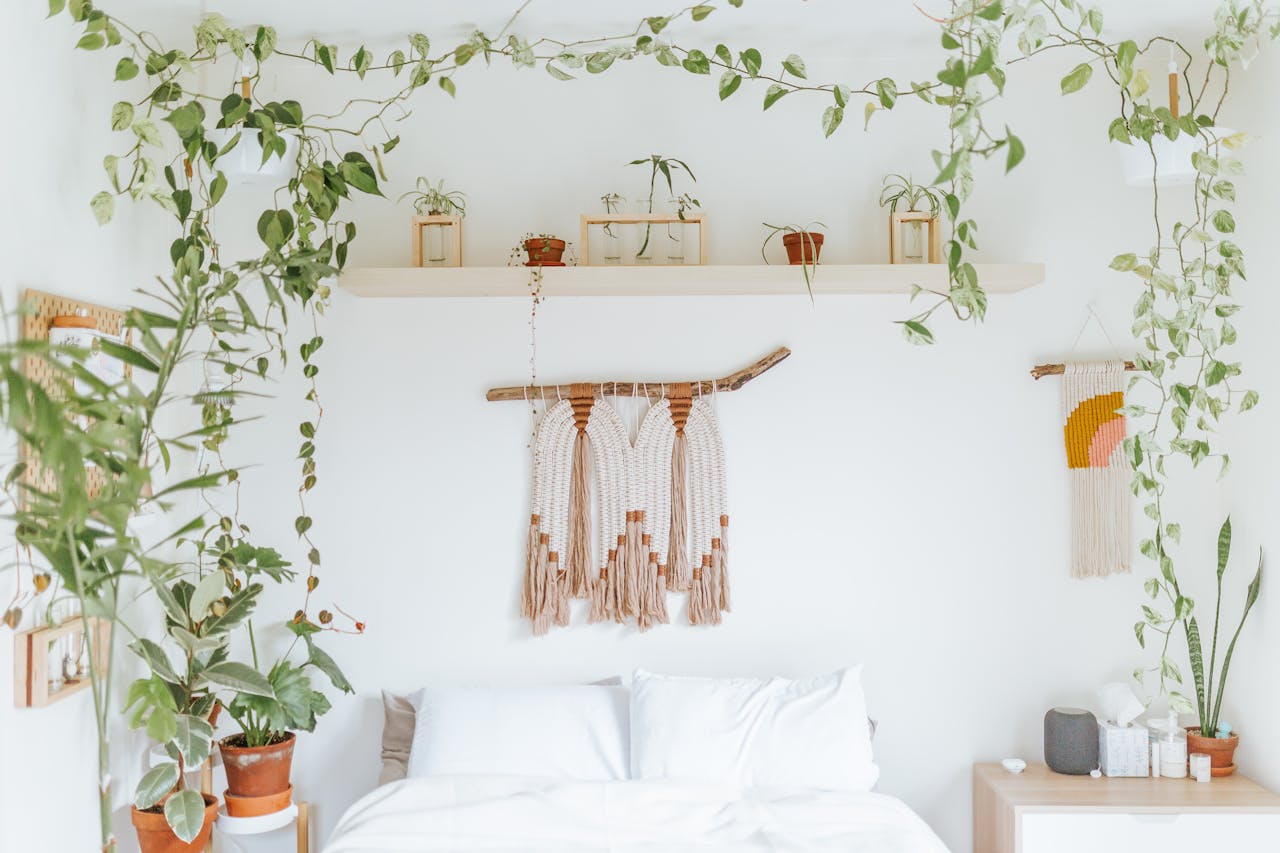Caring for Lucky Bamboo in an eco-friendly manner not only benefits your plant but also contributes to a sustainable and healthy environment. Here are some effective eco-friendly practices to ensure your Lucky Bamboo thrives while minimizing your ecological footprint.

1. Choose Sustainable Containers
Opt for recycled or biodegradable pots made from materials like bamboo, coconut coir, or terracotta. These options reduce waste and are better for the environment compared to plastic pots. Additionally, repurposing old containers can add a unique charm to your plant display.
2. Use Organic Fertilizers
Instead of chemical-based fertilizers, use organic options such as compost tea, fish emulsion, or homemade banana peel fertilizer. Organic fertilizers enrich the soil naturally, promoting healthy growth without introducing harmful chemicals into your home or garden.
3. Water Conservation
Lucky Bamboo thrives in water, but it's essential to use filtered or rainwater to avoid chlorine and other chemicals found in tap water. Collecting rainwater not only conserves resources but also provides your plant with the purest form of hydration.
4. Natural Pest Control

Maintain your Lucky Bamboo's health by using natural pest control methods. Introduce beneficial insects like ladybugs or use neem oil to combat pests without the adverse effects of synthetic pesticides. Regularly inspect your plant to address issues early and sustainably.
5. Energy-Efficient Lighting
Place your Lucky Bamboo in areas with bright, indirect sunlight to reduce the need for artificial lighting. If additional light is necessary, choose energy-efficient LED grow lights that consume less power and have a longer lifespan, minimizing energy waste.
6. Composting Plant Waste
When trimming or repotting your Lucky Bamboo, compost the plant waste instead of throwing it away. Composting returns valuable nutrients to the soil, reduces landfill waste, and supports a circular ecosystem within your home garden.
7. Minimalist Care Approach
Adopt a minimalist approach to plant care by reducing the use of unnecessary materials and simplifying your maintenance routine. This not only lowers your environmental impact but also creates a more harmonious living space.
8. Recycling and Reusing Materials
Reuse items like glass jars or old water bottles as containers for your Lucky Bamboo. Recycling household items not only saves money but also reduces the demand for new products, fostering a more sustainable lifestyle.
Conclusion
Implementing eco-friendly practices in caring for your Lucky Bamboo enhances the plant’s health while promoting environmental sustainability. From choosing sustainable containers and using organic fertilizers to conserving water and employing natural pest control, these methods ensure your Lucky Bamboo thrives responsibly. Embrace these green practices to enjoy a beautiful, healthy plant and contribute positively to the planet.













Leave a comment
This site is protected by hCaptcha and the hCaptcha Privacy Policy and Terms of Service apply.